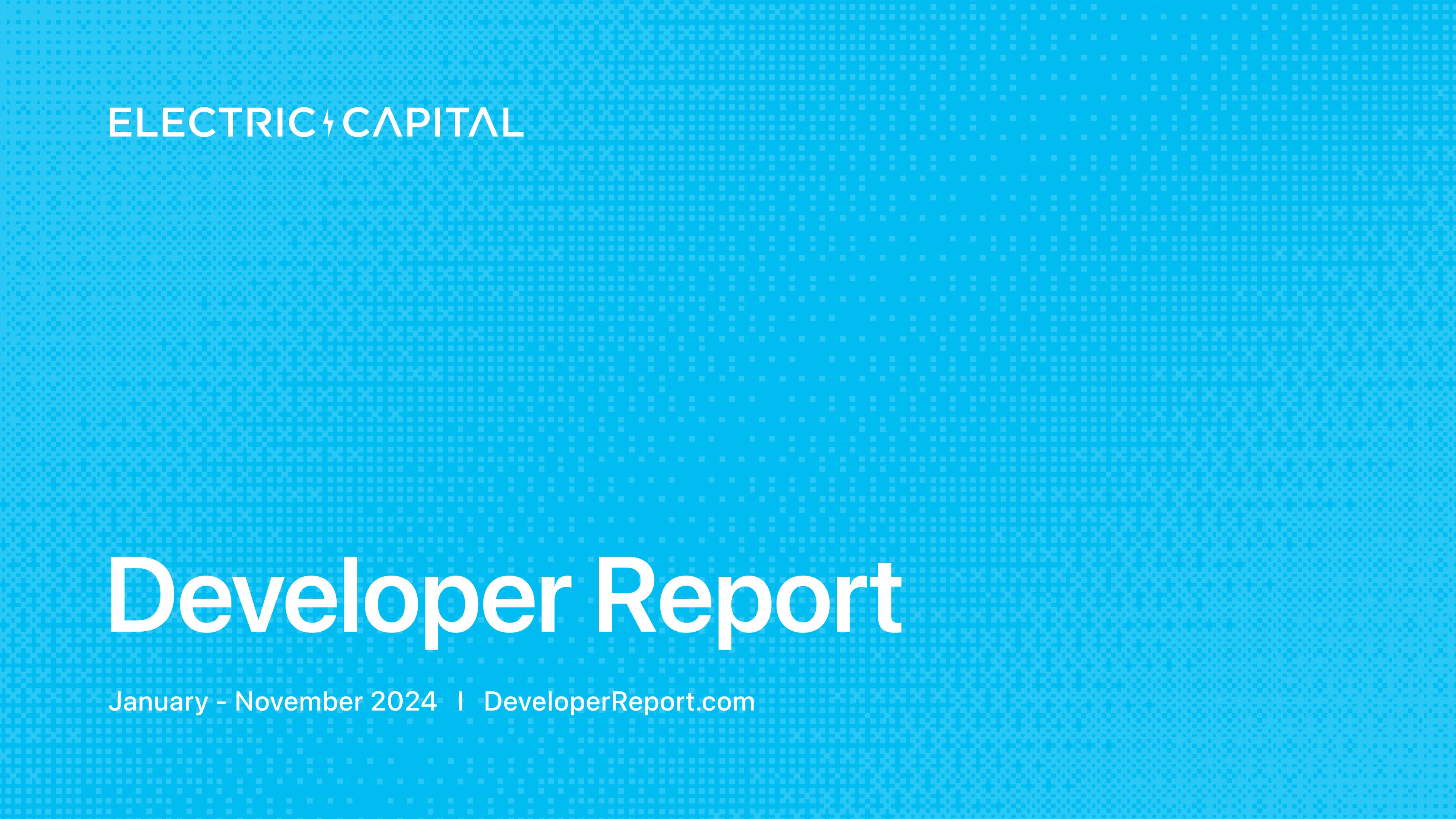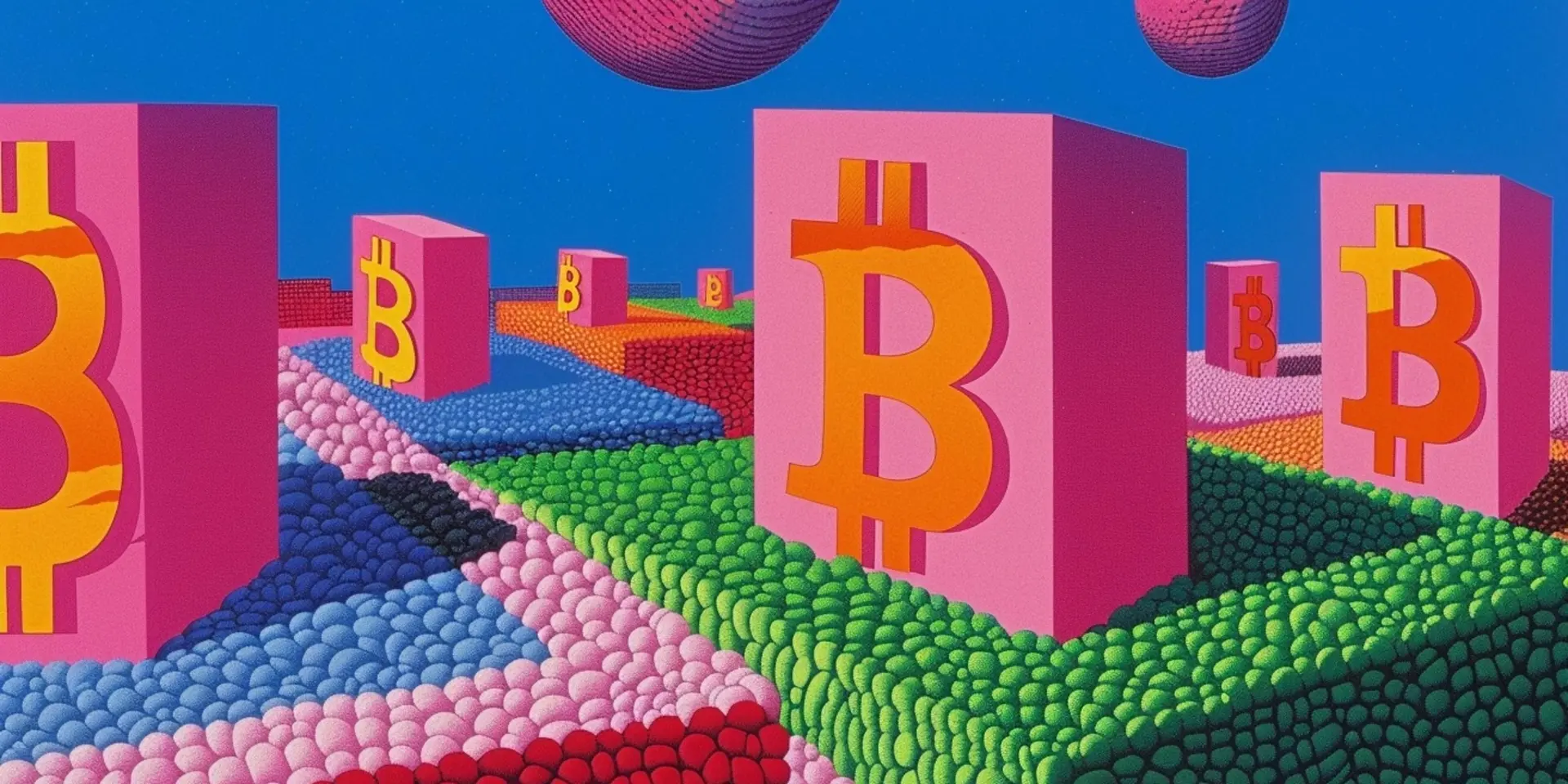The Truth About Why DeFi Is Not Dead
A December 2022 CNBC survey showed that only 8% of Americans have a positive view of cryptocurrencies. Writing the obituary on NFTs, DeFi, and the entire crypto asset class is effortless. Here’s why that conclusion is wrong.
Would you want to be famous? In what way? How would you describe your “perfect” day? Given a choice to have dinner with anyone in the world (past or present), who would you choose? If you could wake up tomorrow having gained any ability or quality, what would it be?
These are examples of interesting questions. You could have a fascinating conversation with someone and get to know them better by asking and answering these questions. But, on the other hand, if you went to an ordinary person and asked them, “Is DeFi dead?” you probably wouldn’t have the best conversation.
You may get a response like, “What in the heck is DeFi?” or “Ewww, please don’t talk more about crypto.” But that’s why you and I are on Medium, where we can read and share opinions about topics like DeFi. And while the mainstream media wants us to think that DeFi is dead or dying, I’m here to share a few reasons why that narrative is inaccurate.
The Media acts like Dr. Smith from ‘Lost in Space.’
Jonathan Harris played the role of Dr. Smith magnificently in the original TV series Lost in Space. If you aren’t familiar with this character, he is a master of manipulation, cunning, and sensationalizing. As the antagonist, Dr. Smith enhances the conflict in most episodes and acts as a necessary evil.
Smith’s character is lazy, pompous, arrogant, and selfish. His actions were primarily to serve his purposes and gains. And the show Lost in Space would have sucked without him.
The Financial Media reminds me a lot of Dr. Smith. We’ve got these larger-than-life personalities yelling loudly that crypto is corrupt, damaged, and likely to suffer the same fate as Betamax.
Even Bitcoin maximalists will tear down DeFi and claim anything other than Bitcoin is sacrilegious. This hypocrisy in not accepting DeFi, but being a Bitcoin proponent is astounding.
Why the Media and Bitcoin Maximalists are wrong
Reason #1: Stablecoins
 Graph from Coingecko.com
Graph from Coingecko.com
Over $126 billion of stablecoins comprise three of the most popular crypto assets — USDT, USDC, and BUSD. So if investors were looking to flee the DeFi ecosystem, why would they continue holding stablecoins? Wouldn’t they convert these stablecoins into fiat currency?
Even from its peak, the total value of stablecoins has only drifted down around 20%. Investors can still earn solid yields on the stablecoins in various DeFi platforms. Additionally, as interest returns to the market, some of these stablecoins can be used to invest further in the DeFi space.
Why the Media and Bitcoin Maximalists are wrong
Reason #2: DeFi Users
 Graph from Dune Analytics-https://dune.com/rchen8/defi-users-over-time
Graph from Dune Analytics-https://dune.com/rchen8/defi-users-over-time
 Graph from Dune Analytics-https://dune.com/rchen8/defi-users-over-time
Graph from Dune Analytics-https://dune.com/rchen8/defi-users-over-time
If DeFi were dead or dying, the number of users would fall substantially. The numbers illustrate that DeFi users have remained consistent. Further, as more crypto investors will remain skeptical about centralized exchanges, this should lead more people into DeFi.
Over 6 million wallets have interacted with DeFi in the past three years. This tremendous adoption reflects a growing asset class rather than a shrinking one.
Why the Media and Bitcoin Maximalists are wrong
Reason #3: DeFi Improvements
DeFi is primarily used today for exchanging assets, lending, and staking/earning yield. These are all significant use cases but not the sexiest reasons to draw in billions of new users.
DeFi platforms will be forced to expand their offerings, improve usability, and drive more interaction during the bear market. Only the most popular platforms will survive if they cannot do so.
Look for more robust DeFi applications in gaming, digital identity, credit, real-world assets on the blockchain, insurance, social interaction, and gamification to draw in millions more DeFi users.
 Image from https://www.alchemy.com/blog/web3-developer-report-q3-2022
Image from https://www.alchemy.com/blog/web3-developer-report-q3-2022
As more developers transition and enter Web3, we will witness dramatic improvements in DeFi applications and platforms. In addition, as the ecosystems grow and offer easier interaction with products, DeFi use will increase.
DeFi Headwinds
Identifying some of the challenges DeFi will face in 2023 and moving forward is essential. It’s not like growth will happen because it’s been so explosive over the past couple of years.
Headwind #1: Regulation
I doubt most government officials understand DeFi; many feel it’s simply a way to con ordinary people out of their money. Unfortunately, the lack of regulations combined with the new technology has led many early adopters to either lose money to dishonest decentralized or centralized criminal platforms.
It’s puzzling to me that so many states will address and legalize sports gambling or casino gambling where, over time, the house wins 100% of the time. But, nothing is being done regarding a revolutionary way to manage finance and benefit ordinary people. Perhaps it’s the lack of lobbyists?
DeFi Headwind #2: The Bear Market
As money gets sucked out of the economy, it has a noticeable impact on crypto and DeFi.
 Total value locked in DeFi from https://defillama.com/
Total value locked in DeFi from https://defillama.com/
The total value locked in DeFi has decreased from nearly $200 billion to less than $39 billion. Much of this is due to falling prices in crypto assets. The less money in the space, the more challenging it is to fund improvements and attract new money to the space.
In April 2022, we witnessed the collapse of Luna and UST. Since then, the total value locked has kept meandering down. New funds aren’t finding their way to DeFi. However, I anticipate this will change when the crypto market turns positive again.
DeFi Headwind #3: Lack of Trust
Most investors in DeFi are familiar with the term rug pull. This is typically when project developers withdraw liquidity from the platform. In addition to rug pulls, investors have also suffered losses from manipulation, exploits, scams, and hacks.
Anonymous developers, developers with questionable backgrounds, and lack of penalties mean that early adopters have lost billions. In addition, it’s hard to recommend projects to friends, family, or readers when so many dishonest people are in the space.
With regulation, I hope developers will be required to be doxxed. There needs to be more clarity on what defines a decentralized platform versus a platform that calls itself decentralized but is anything but decentralized.
The DeFi party has ended, but it doesn’t mean that it’s entirely over.
The era of free money has ended, and weak projects are being flushed out via financial Darwinism. I expect cheap money to be on the agenda again as the economy suffers from the Fed’s heavy hand.
Lessons from this bull market have been learned. Millions of people have used DeFi. The sentiment is declining. And the Media wants you to think that DeFi is a fad.
However, in the face of adversity, technology will prevail. And with the increased brain power invested in DeFi and the unlimited opportunities, calling the space dead is inaccurate.
What is your opinion? Is DeFi a conglomerate of made-up currencies and made-up use cases? Or is there real value here that will apply to billions of users? Do you think DeFi will be stronger in the next decade, or will regulation render it worthless? Share your thoughts in the response section.
Disclaimer: The content of this article solely reflects the author's opinion and does not represent the platform in any capacity. This article is not intended to serve as a reference for making investment decisions.
You may also like
2024 Crypto Developer Report SummaryExecutive Summary

Digital Veblen Goods and Fees

Musings on the Future of Actually Smart Wallets

Bitwise CIO: Биткойн может достичь $200 000 без краха доллара

